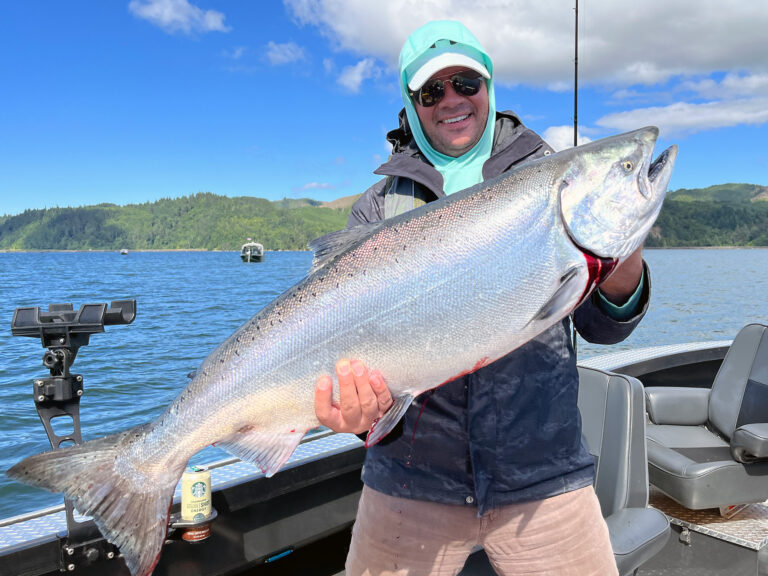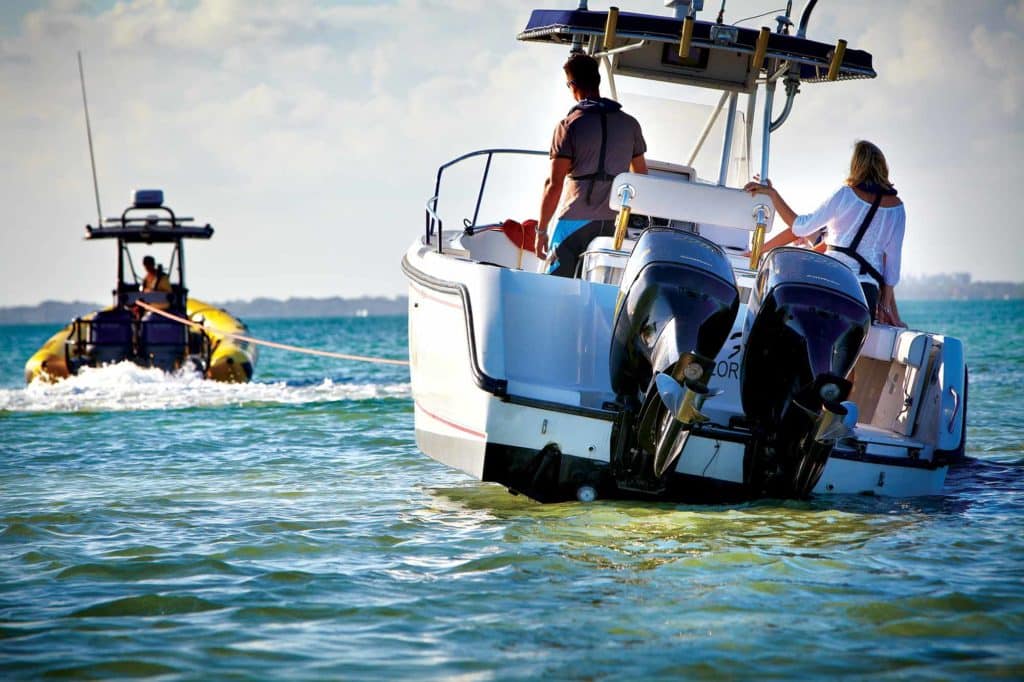
You might feel super confident that your fish boat will always remain self-sufficient. So, you ask yourself, should I join an organization that offers on-water towing and other assistance, much as AAA does for motorists?
Consider this: The cost of an on-water tow back to port by a commercial provider averages about $700 per incident, according to BoatUS. Compare that to the annual cost of $149 to $179 for an at-sea towing membership and the ramifications become clear.
You can pay upfront and go fishing with greater peace of mind, or gamble that you won’t break down. But if you do, be ready to pony up. The farther out you fish, the more it will cost to bring you back.
“The meter starts from the time the operator leaves his dock, and it doesn’t stop until after he’s dropped you off and is back at his dock,” says John Condon, assistant vice president of towing services for BoatUS. On-water towing costs can range from $250 to $500 per hour.
That’s why I’m a believer in insurance, which is essentially what we’re talking about here. So, I renew my membership with a towing provider every year. In the past 30 years, I’ve utilized my membership twice — each time for a tow back to the launch ramp. It’s never fun to suffer propulsion issues, but my experience with towing operators has been top-notch. In both cases, the operator helped put the boat back on the trailer.
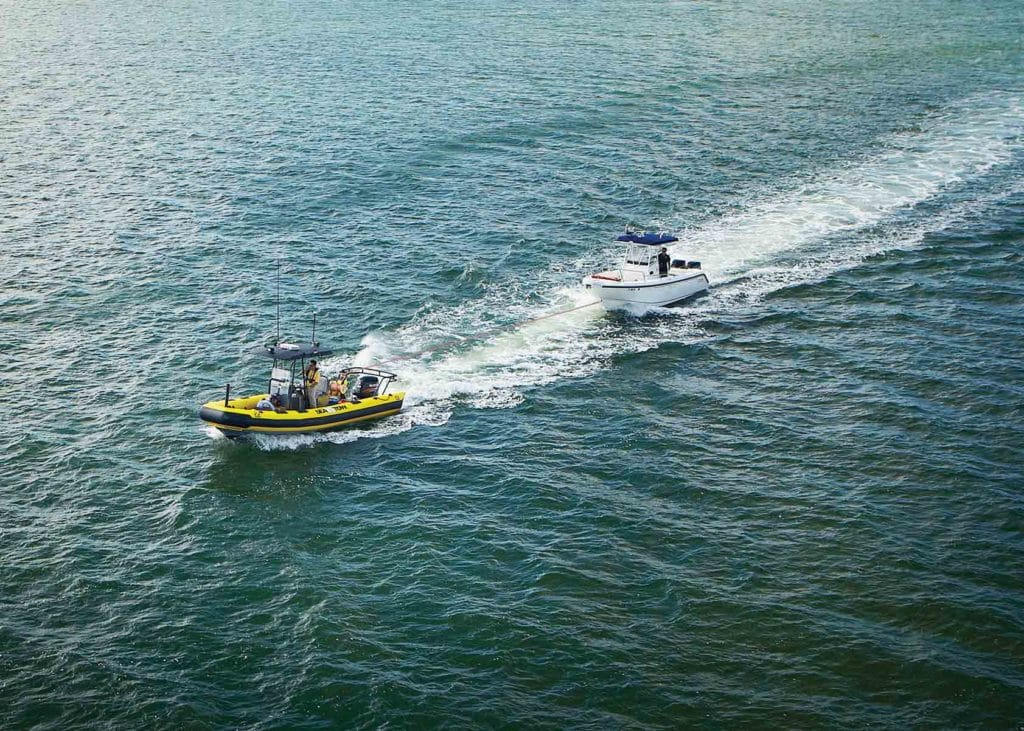
Shopping for Service
While membership with a towing provider is a good idea, there are some choices to make and nuances to keep in mind. First, be aware that there are two national providers of on-water towing and assistance for ocean-going vessels: Sea Tow and TowBoatUS (a division of BoatUS). Each offers a fleet of franchised operators with the expertise, vessels, insurance, licenses and equipment required for towing. There are other, smaller-scale towing services available in some local markets.
In addition to towing, operators provide services such as fuel delivery, battery jumps, detangling running gear, extricating boats from soft groundings and other assistance. “Our goal is to get a member underway again, rather than tow him back,” says Nik Foster, owner of Sea Tow Daytona/Ponce/New Smyrna on Florida’s northeast coast. “If there’s any way to get a boater back under his power, we will try to make it happen.”
Also, keep in mind that such services are for vessels in nonemergency situations. Assistance for emergencies, such as sinkings and hard groundings, falls under a different category known as salvage, which is not covered under a membership. Read the membership agreement ahead of time to make sure you understand all of the limitations.
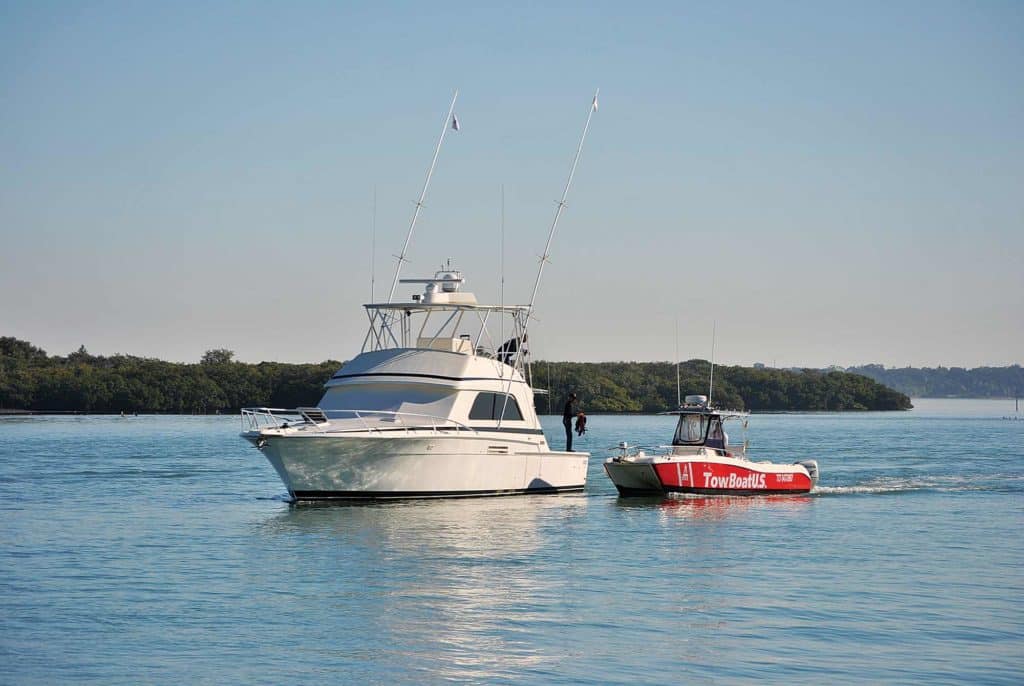
Coverage Levels
Sea Tow offers one membership price for those who boat recreationally in salt water — the $179-per-year Gold Card. TowBoatUS, on the other hand, offers two levels of membership for those who boat in the ocean — the $149 Unlimited Saltwater and the $175 Unlimited Gold.
All three membership programs will get you towed back to your home port. A Sea Tow membership is not limited by distance or even foreign waters. However, in some situations, hazardous seas might compromise an operator’s ability to respond.
No two situations are the same. “If it is deemed unsafe for an operator to go out and get you, the operators will work with the Coast Guard to respond,” says Foster. In such an example, the Coasties might tow the member to a point where they can safely hand off the tow to an operator, Foster explains.
With TowBoatUS, coverage varies depending on the area where you boat and, in some cases, the level of membership. In the waters off Fort Lauderdale, Florida, for example, the area of responsibility covered by TowBoatUS for both Unlimited Saltwater and Unlimited Gold extends out 130 miles offshore. That covers some of the Bahamian archipelago — including Bimini, Cat Cay, Grand Bahama, Walkers Cay and the west side of Andros — yet islands such as New Providence and Eleuthera lie outside this range.
In Southern California, the service area for Unlimited Saltwater members extends 40 miles out, while the Unlimited Gold membership extends 100 miles offshore. Both plans cover Mexican waters for boating anglers venturing south of the border from ports such as San Diego.
The gold memberships from both Sea Tow and TowBoatUS offer dock-to-dock towing if your boat becomes disabled while in port. “This gets your boat to a shipyard for repairs,” says Condon.
For situations in which there is no towing operator for members in the area, TowBoatUS will reimburse the towing costs up to $2,500 for Unlimited Saltwater members and $3,000 for Unlimited Gold members. Sea Tow will do the same for its Gold Card members, but with a higher reimbursement ceiling of $5,000.
Transferability
With both Sea Tow and TowBoatUS, your membership covers all of the boats you own (whether you are aboard or not at the time of incident), as well as any boat you rent, lease or borrow. Yet coverage does not extend to a boat on which you are a passenger or crew member.
The latter point was reinforced on one of my recent boat tests off Miami Beach, Florida. I was joined by a representative of the boat company, who assisted me in collecting performance data. Unfortunately, about halfway through the process and approximately 5 miles off the beach, we ran out of fuel.
I called the number on my membership card, thinking that we might be entitled to a fuel delivery or a tow to a fuel dock. But since the boat company representative was aboard, I had not technically borrowed the boat, and we were not covered. He was considered the captain, and therefore the responsible party. He did not possess a membership with an on-water towing provider.
Had he given me the keys and stayed on the dock, on the other hand, my membership would have covered the situation, as I would have been considered the captain. Ultimately, we set the anchor and waited a couple of hours for a friend to ferry out some fuel. It was a long boat test.
Response Time
Members receive priority service from the two major towing-assistance organizations, and that’s another reason I recommend membership. However, response time can vary depending on the distance, the number of boats in the operator’s fleet and the amount of boating activity on a given day, among other factors.
Nobody likes to wait longer than necessary, especially when your boat is disabled in rough seas. So, when shopping around, look for an operator that’s as close as possible to the area where you fish. Preferably, you and the operator hail from the same home port. This will help minimize the time it takes to respond, as well as the time it takes to tow you home.
Also, ask about the number of boats in the operator’s fleet. Obviously, the greater the number of boats and captains, the quicker the response time.
Read Next: Sea Tow’s Automated Radio Check System Boosts Boating Safety
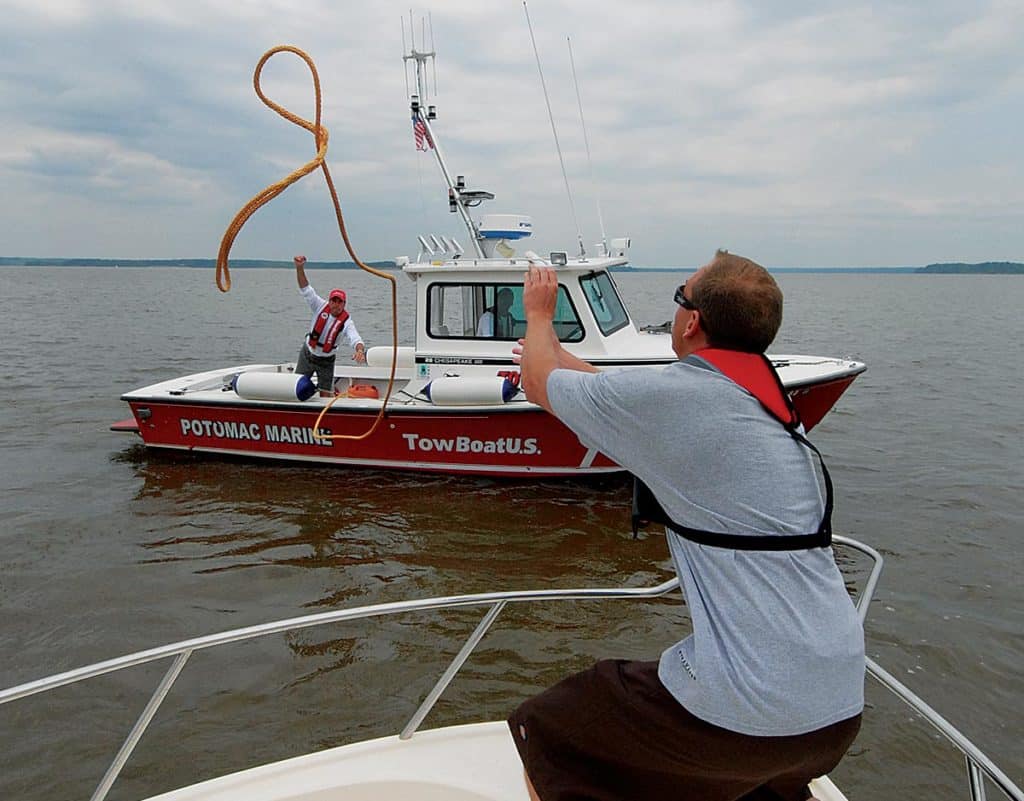
Using the App
While the traditional methods of hailing for assistance on Channel 16 on a VHF radio or dialing the response hotlines still work, both Sea Tow and TowBoatUS now offer apps for requesting assistance on your mobile device.
This, of course, requires that you have cell service (not always a given when you venture far offshore), but the advantage is that your boat and member information can be preprogrammed into the app, and that can become a big timesaver. A mobile device can also provide the tow operator with your current position, eliminating the need for you to continually update the operator with your latitude and longitude.
Both apps are free on the App Store and Google Play.






